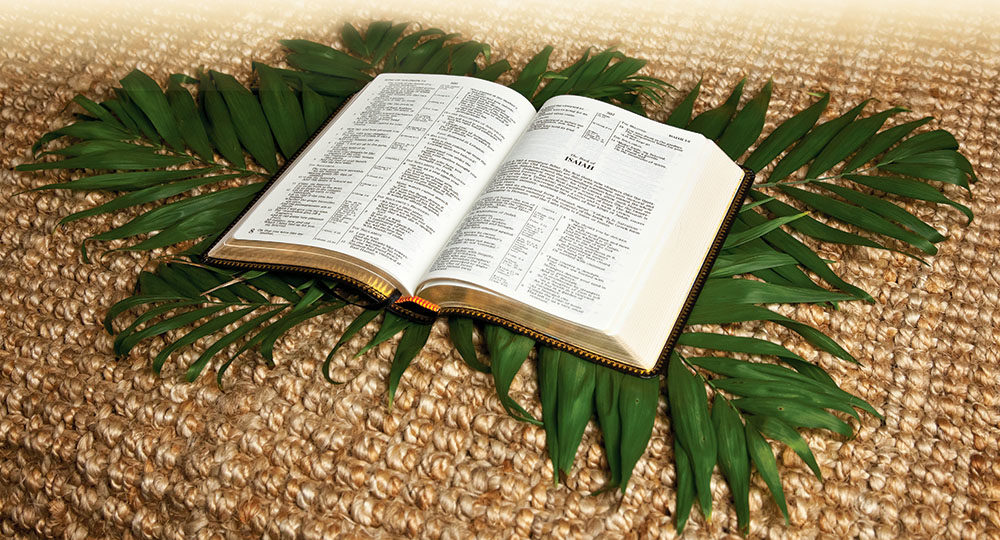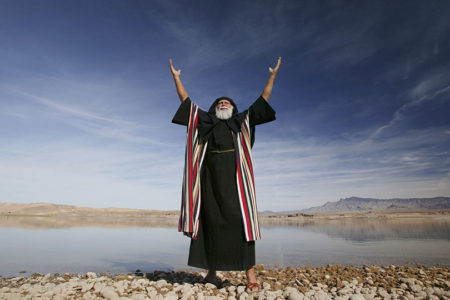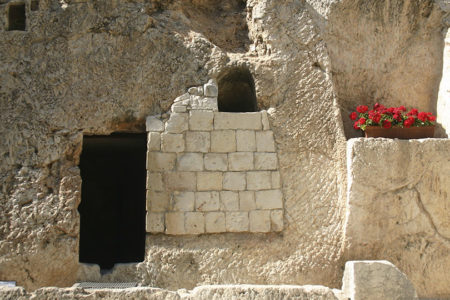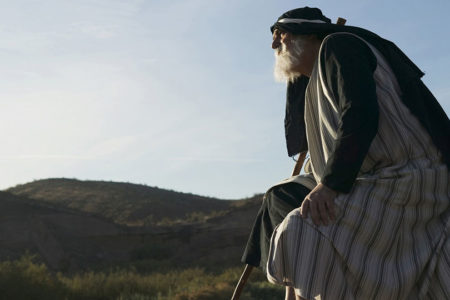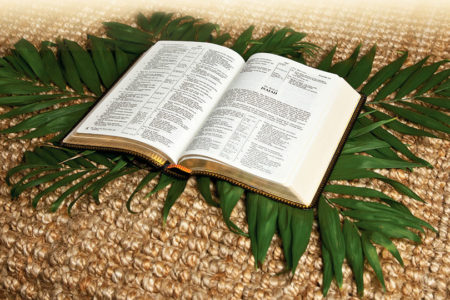Answering the Higher Critics
The 19th century saw the rise of higher criticism, which to this day rejects the idea that the Bible is historically true as written. In addition, higher critics doubt that any portion of the Bible contains predictive prophecy. In their minds, the ancient prophets made no predictions ahead of time that later came true. In essence, they deny supernaturalism.
A favorite target of higher critics is the Old Testament book of Isaiah. As far as they are concerned, the book has no real unity and can be divided into two or three parts, each written by a different author (with possible editors) who lived in different time periods. The notion that there was a lone, eighth-century B.C. prophet named Isaiah whom God inspired to give us the entire book is, according to the higher critics, a dishonest presentation.
The Assertions
Following a commonly proposed threefold scheme, higher critics divide Isaiah’s 66 chapters into the following sections:
- First Isaiah: chapters 1—39
- Second Isaiah: chapters 40—55
- Third Isaiah: chapters 56—66
In this scenario, Second Isaiah is written during or perhaps after the Babylonian Captivity. The prophet Isaiah has been dead for a century and a half when this part is produced. Third Isaiah is fashioned much later, even close to the time of Jesus. A critic who summarized the entire view characterized the three sections as “presumably originating in the public proclamation of three discretely inspired individuals or schools, spanning a period of several centuries, if not more—right up to the Christian era itself.”1
A twofold view is also widely held, for which Second Isaiah, commonly called deutero-Isaiah, covers chapters 40 through 66. Both approaches deny the supernatural character of a divinely produced and historically accurate book.
What are the reasons the higher critics give for their views? In general, they highlight differences throughout the 66 chapters to make a case for their position. In particular, they say the divergence of themes and topics in the arrangement of the book destroys the concept of unity and authorship. For example, they point out that various subjects in Isaiah span several centuries. Consequently, they advocate that no one author could write material to cover such a wide range of events and conditions; several authors and editors would be needed.
So the critics argue that, though a person named Isaiah may have written chapters 1—39, he would not have known many of the details of Second Isaiah. They cite, for example, allusions to the Babylonian Captivity in chapters 40—43, the reference to Medo-Persian ruler Cyrus in 44:28, and the fact that Isaiah’s name is not mentioned in the later chapters.
Evidence to the Contrary
Despite such claims, Bible believers possess many compelling arguments to reject the higher critics’ assertions about the book of Isaiah. Oswald T. Allis gave the general sentiment rather forcefully:
Only those who are unfamiliar with the statements of the Bible itself will be impressed by the oft-repeated claim of the critics that their theory regarding prophecy is based on a careful, objective, and scientific study of the Biblical data. When the Biblical witnesses are allowed to testify and their testimony, as recorded in the Bible, is accepted as trustworthy, the result is very different. It is in fact a complete exposé of the falsity of the claims of the critics.2
The higher critics’ so-called scientific study leads them to conclude that one man would have been incapable of generating the variety offered in the various sections of the book. This position is somewhat surprising on the face of things. If Charles Dickens in the 19th century could write a multilayered novel with astonishing intricacies, why would it have been impossible for Isaiah to present variety and diversity?
Higher critics tend to reject the book because, in many places, it predicts the future. Yet many of the predictions have already been fulfilled. Allis was right when he said the critics do not really present a scientific study of the Bible, as they claim. They simply assume that supernaturalism is impossible.
Also contradicting their views is manuscript evidence. There is no indication that the Septuagint (LXX), a Greek translation of the Old Testament dated 250 B.C. to 150 B.C., sees any part of the book of Isaiah as being written over time.
Similarly, the Great Isaiah Scroll (dated around 150 B.C.), part of the discoveries of the Dead Sea Scrolls, contains all 66 chapters of Isaiah. Interestingly, chapter 40, which higher critics say starts Second Isaiah, begins on the same scroll column as chapter 39. Isaiah 40:2 is split, with part of the text on the same column and the remainder continuing onto the next column of the scroll.3 Wrote Allis,
The last words on the one column are “cry unto her [Jerusalem]”; and the first words on the next column are “that her warfare is accomplished.” Obviously the scribe was not conscious of the alleged fact that an important change of situation, involving an entire change of authorship begins with chapter 40.4
The entire book was viewed as a whole, with no evidence of different authors.
Another evidence of the book’s unity is the common themes or topics that flow throughout the entire work. In fact, they pose a problem for the higher critics. For example, Second Isaiah (starting in Isaiah 40) highlights Babylon, along with Judah’s future captivity and deliverance. This focus is one of the reasons higher critics developed the idea of a Second Isaiah. However, Babylon was introduced in chapter 39, where Judean King Hezekiah shows his treasures to the Babylonian officials, probably in the late eighth century.
More revealing, however, is Isaiah 13. Here the prophet looked down the corridor of time and saw the Medes overtaking the Babylonians, which did not happen until the end of the Babylonian Captivity, two centuries later. Thus, both First Isaiah and Second Isaiah see future Babylonian domination being brought down by the Median empire, with Second Isaiah actually citing the name of Medo-Persian ruler Cyrus (45:1).
Some higher critics say references to Babylon and the Medes in First Isaiah are simply “evidence of literary additions—at times sporadic, on other occasions more comprehensive—supplied by editors under the influence of Second Isaiah chapters.”5 In other words, they claim editors later reworked the prophet’s earlier writings. However, the need to do this actually admits that the text as we have it possesses unity. It also demonstrates again the critics’ unfortunate assumption that the prophet could not predict the future.
A second common thread of the book also shows its unity: the use of the divine designation Holy One of Israel. This phrase occurs 25 times consistently throughout Isaiah. It occurs 12 times in chapters 1—39, 11 times in chapters 40—55, and twice in chapters 56—66. The consistency forces the higher critics to see small pockets of editorial work to try to salvage their approach. On the other hand, the same consistency lends itself readily to the conclusion that one author wrote one harmonious book. Tracing other themes and topics in the book, such as that of child or land, leads to a similar conclusion.
For Christians, perhaps the strongest theological reason for accepting the unity and reliability of Isaiah is that the New Testament understands the book as being written by a single author. In one passage, the apostle John put together Isaiah 53:1 and Isaiah 6 (Jn. 12:38–41), citing both as from Isaiah. Jesus Himself read from Isaiah 61:1–2, a section higher critics deny Isaiah wrote (Lk. 4:17–21). But both John and Jesus saw the passages as predictions by Isaiah.
With such strong testimony, followers of Christ can be assured of the divinely provided unity and historical reliability of the book of Isaiah.
ENDNOTES
- Christopher R. Seitz, Isaiah 1—39: Interpretation, A Bible Commentary for Teaching and Preaching (Louisville, KY: John Knox Press, 1993), 2.
- Oswald Allis, The Unity of Isaiah: A Study in Prophecy (Philadelphia, PA: Presbyterian and Reformed Publishing, 1950), 20–21.
- Ibid., 40. The Isaiah Scroll is on display at the Shrine of the Book at the Israel Museum in Jerusalem.
- Ibid.
- Seitz, 2.
